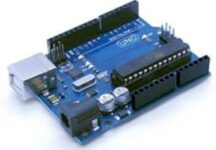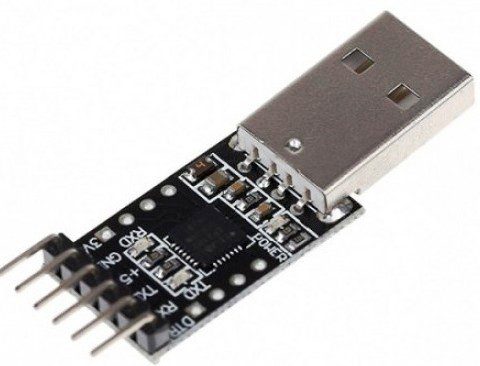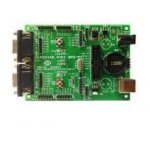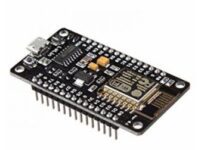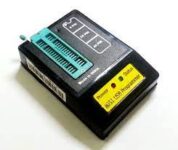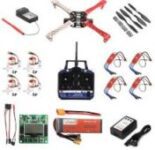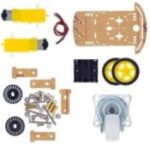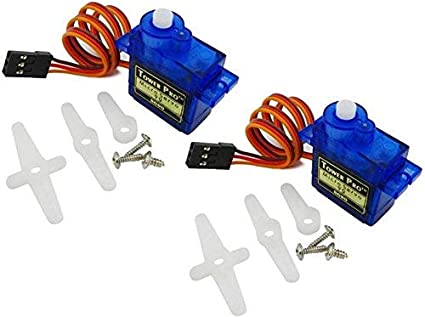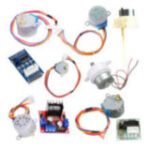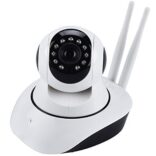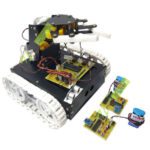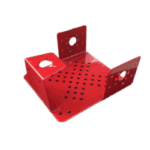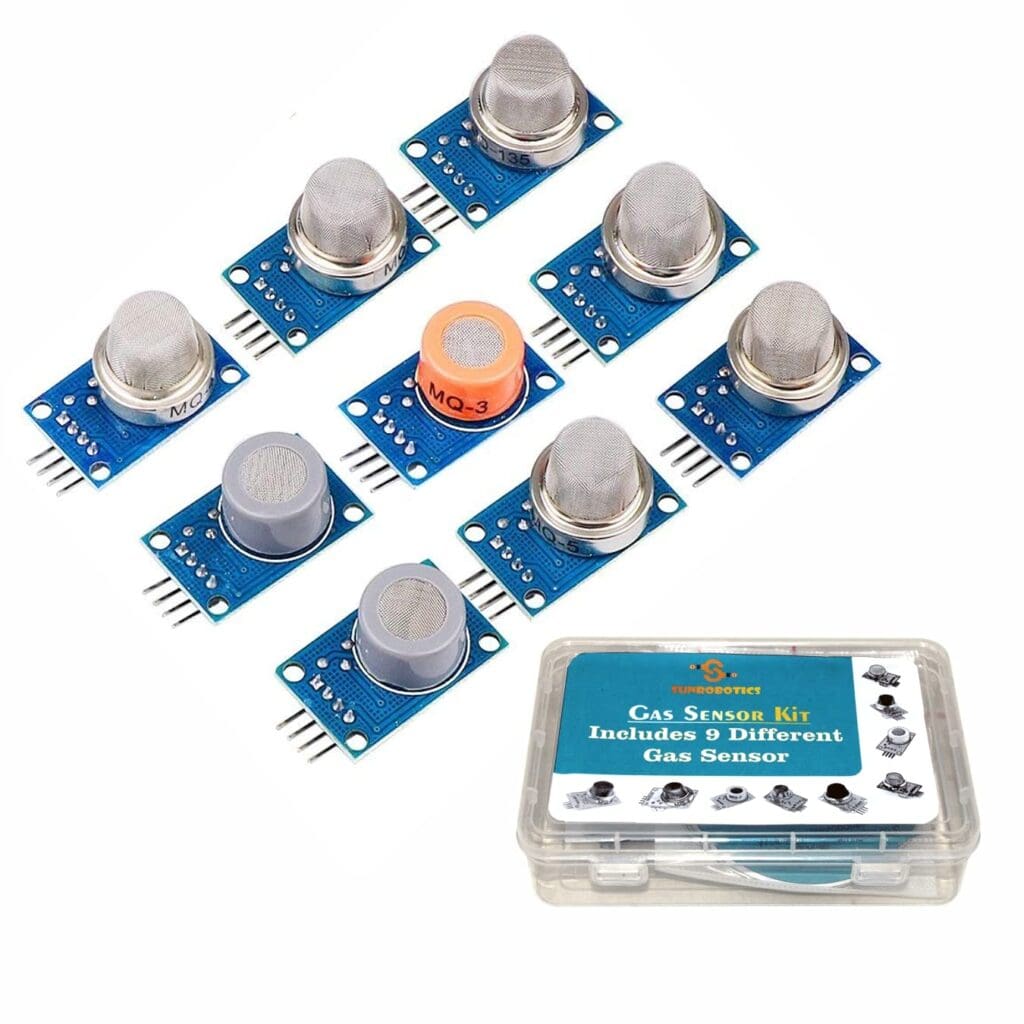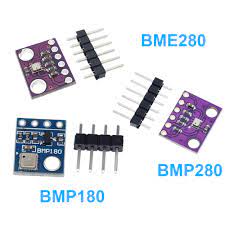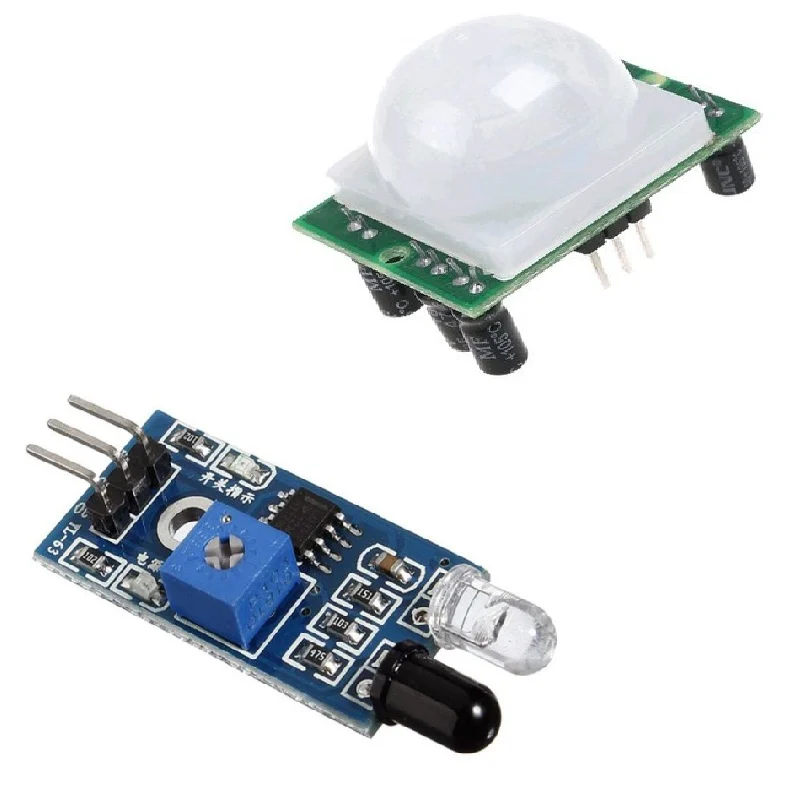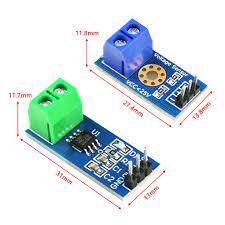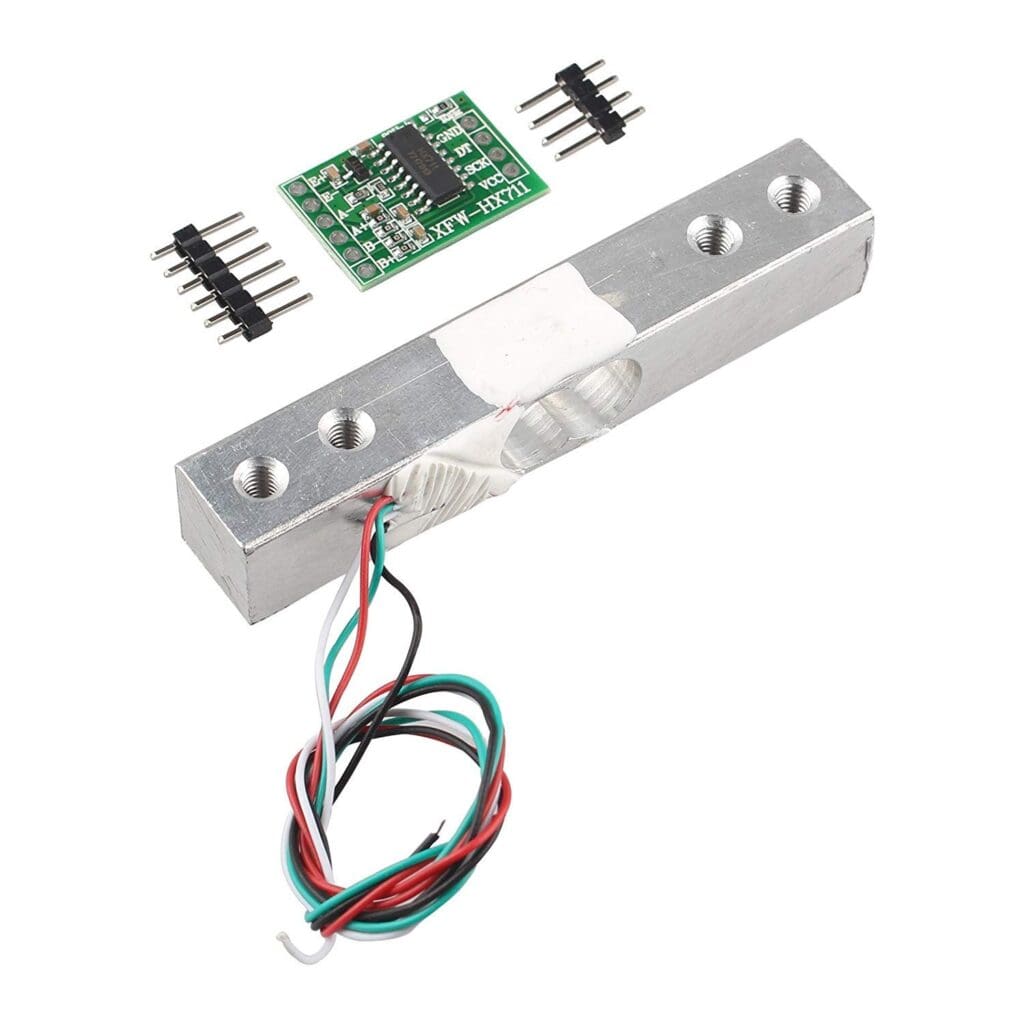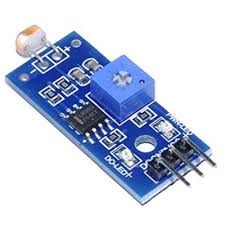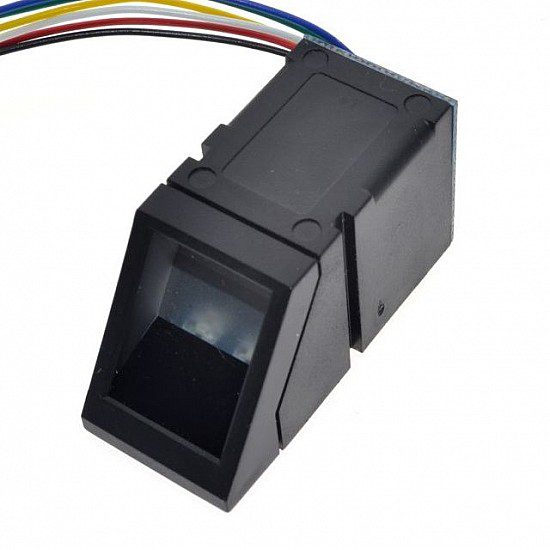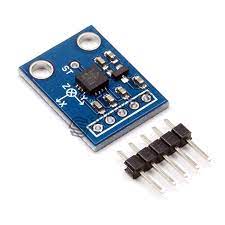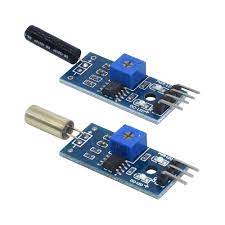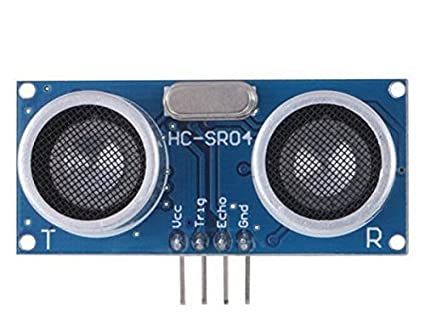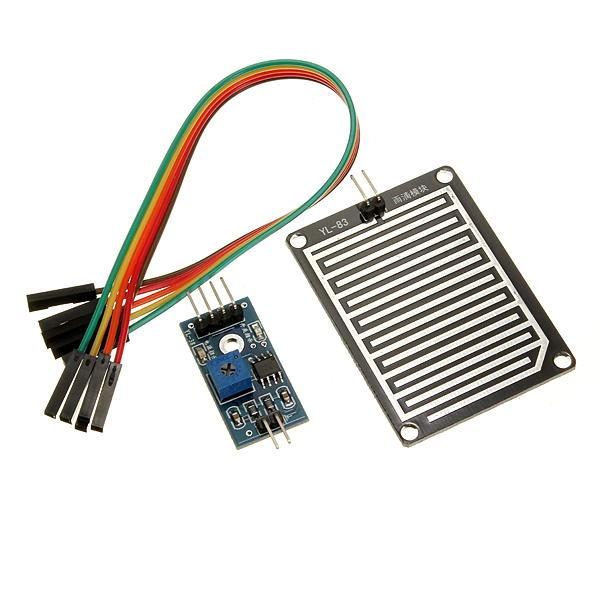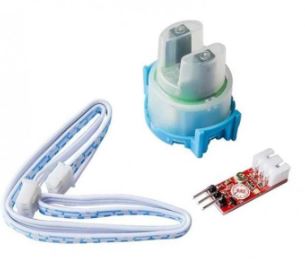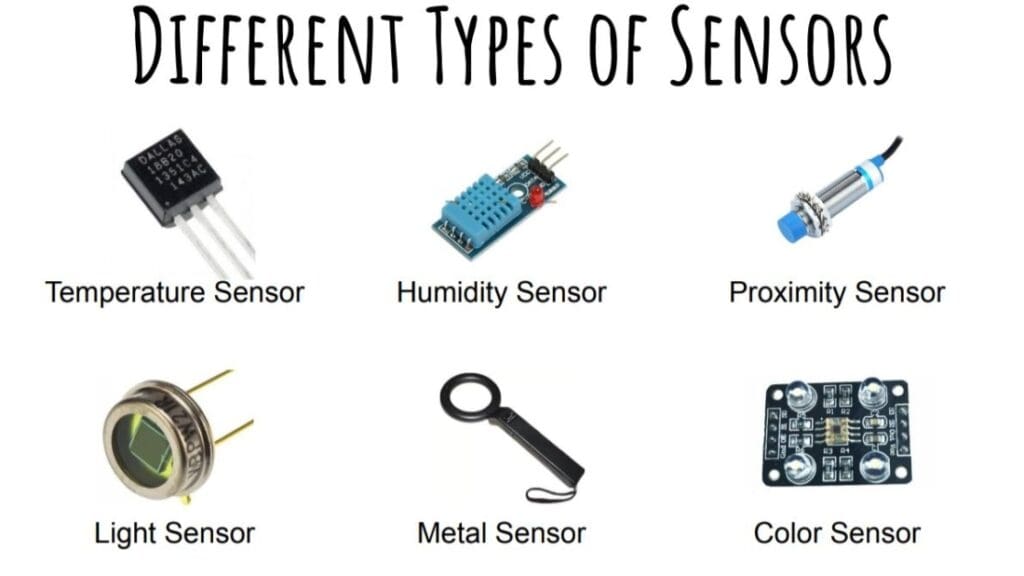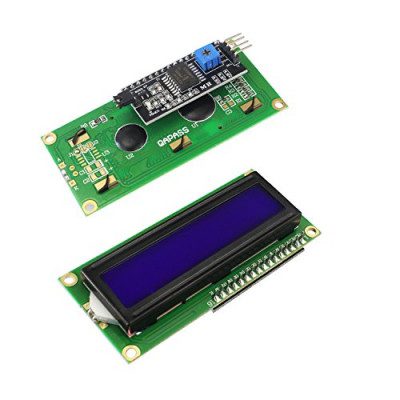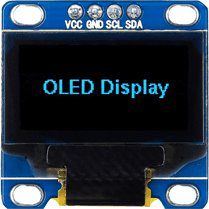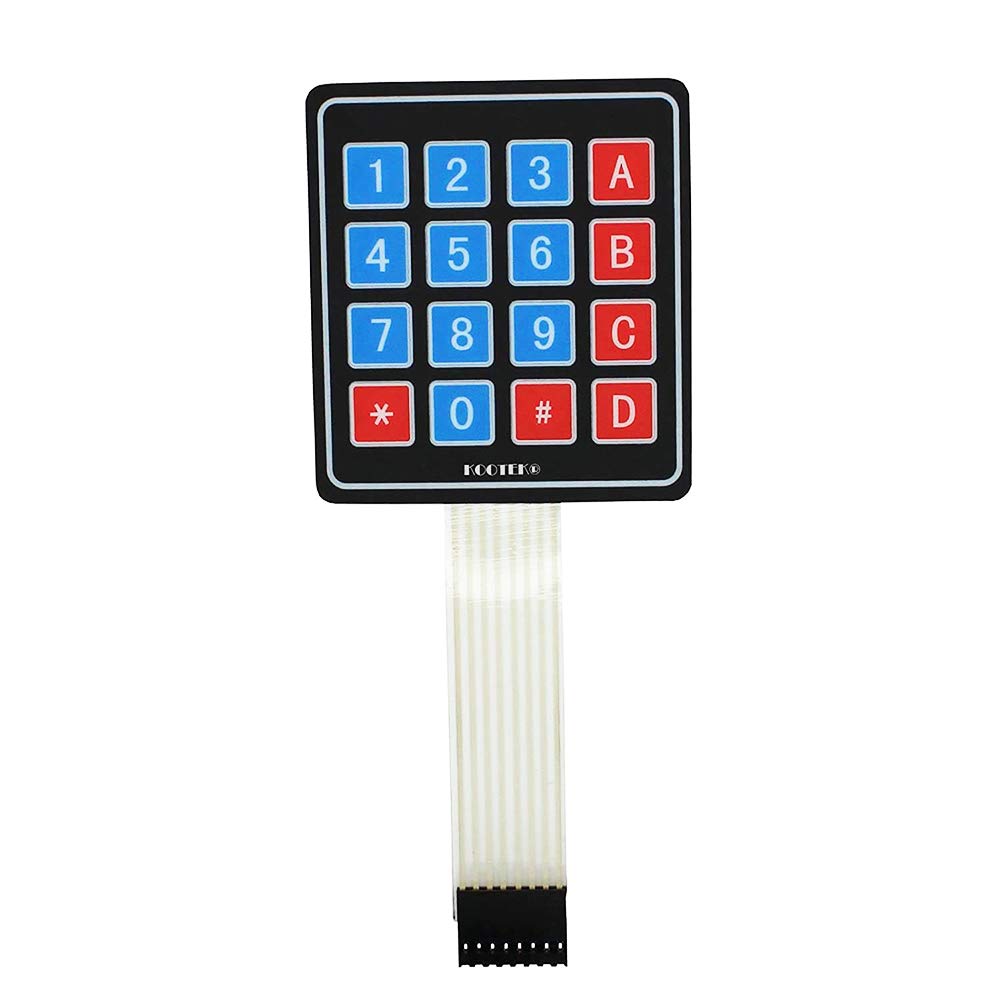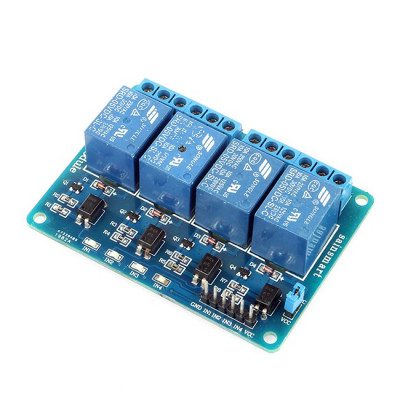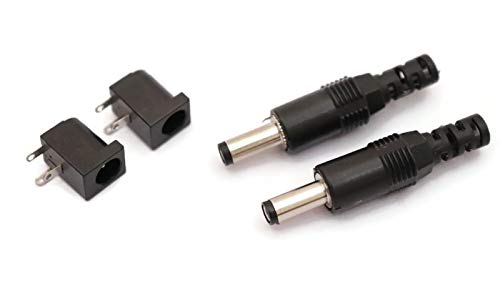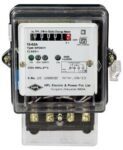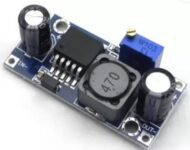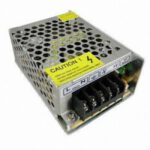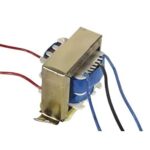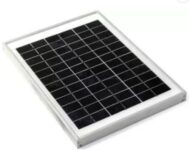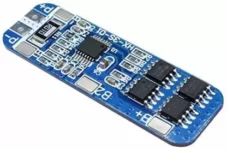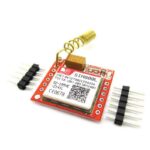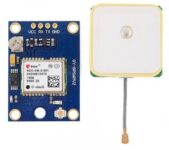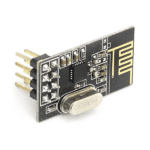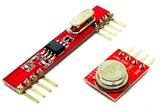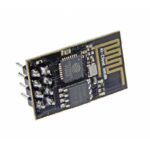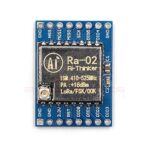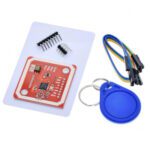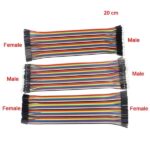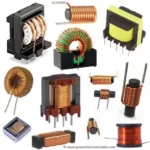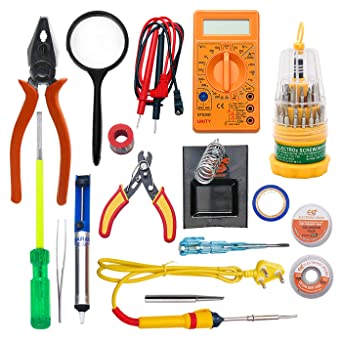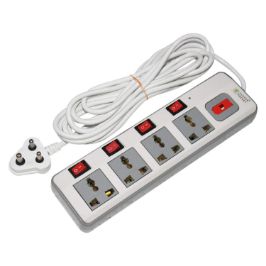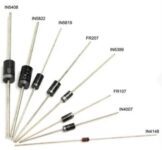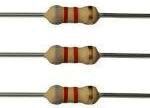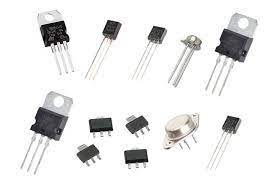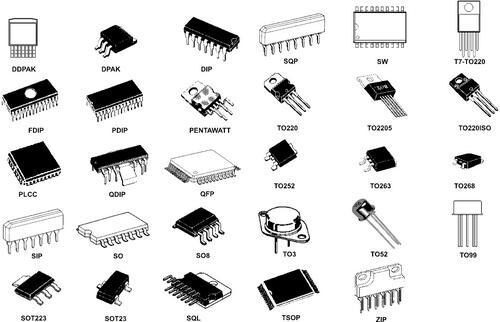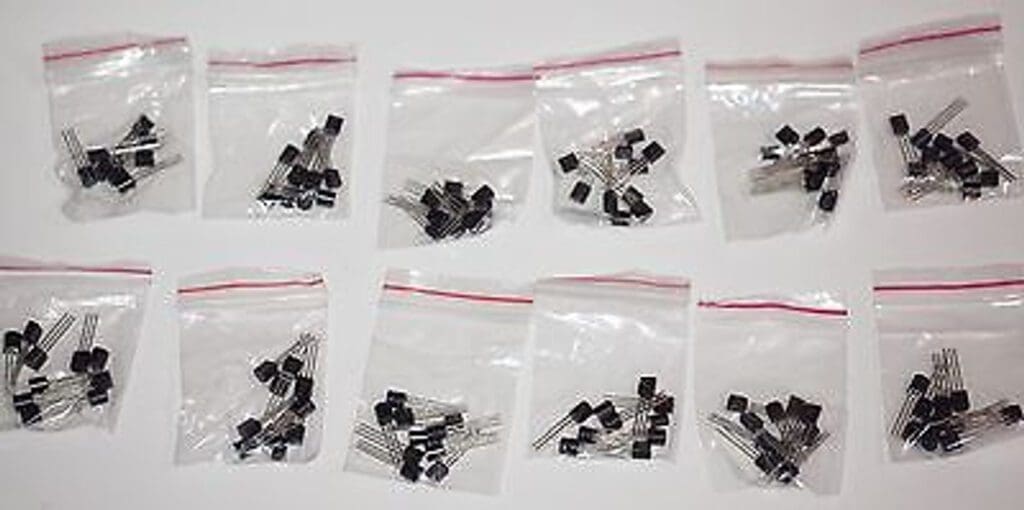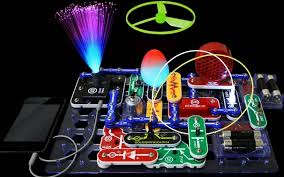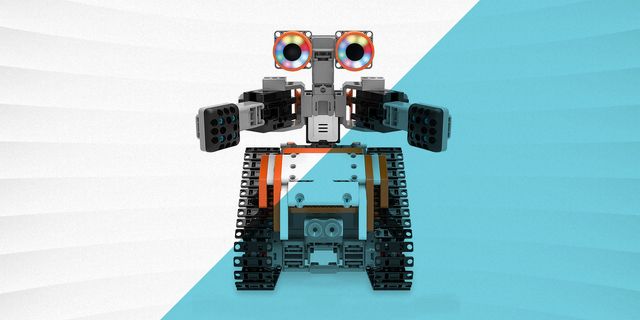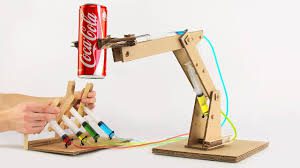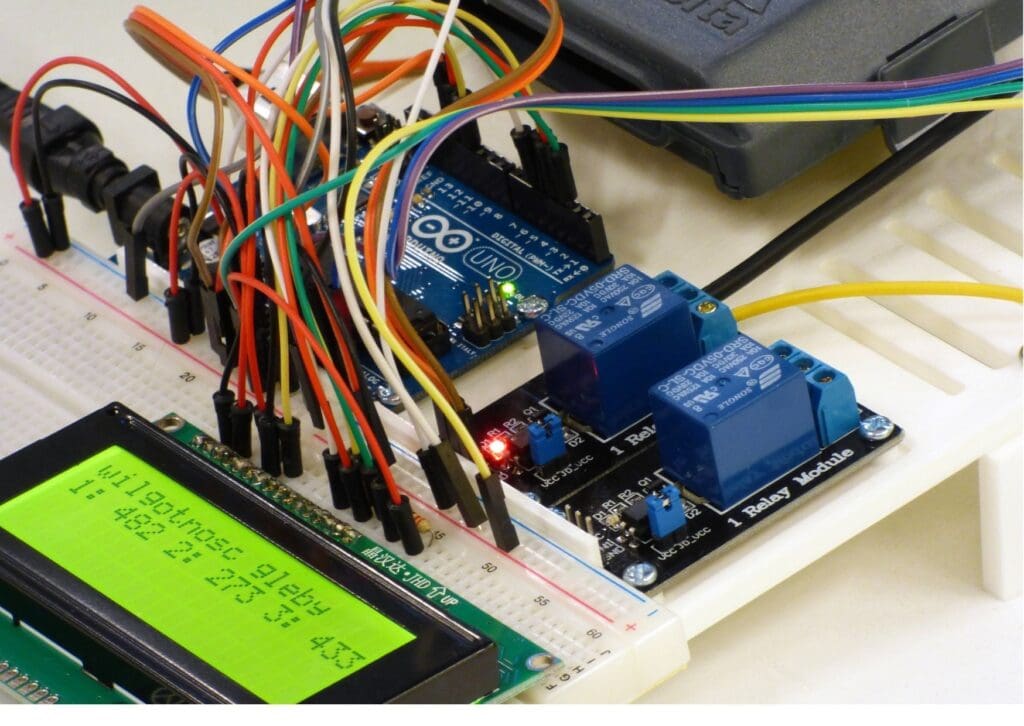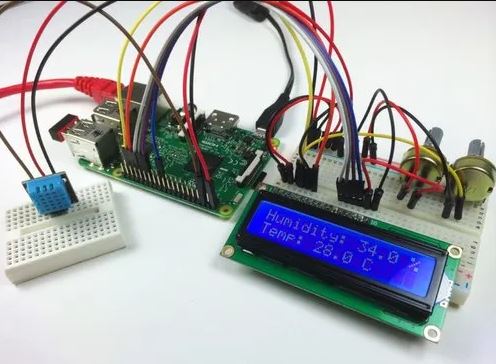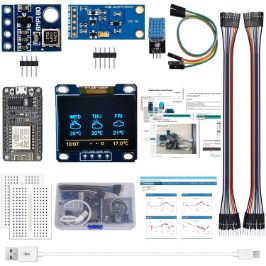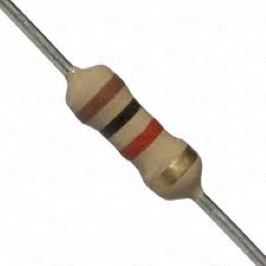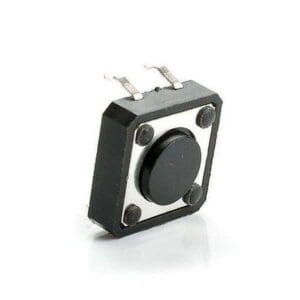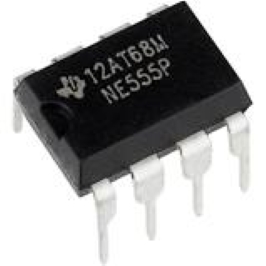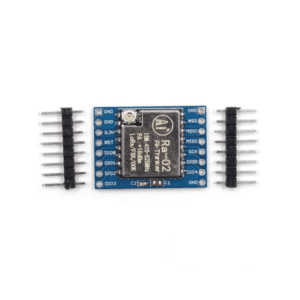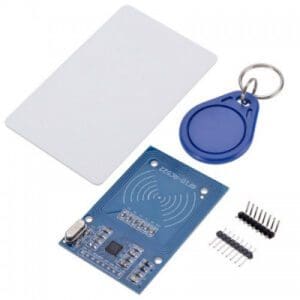Introduction
Integrated circuits (ICs), often referred to as microchips, are foundational components of modern electronics, playing a pivotal role in a wide array of electronic devices, from smartphones and computers to medical devices and automotive systems. These tiny semiconductor devices have revolutionized the way we design and build electronic systems, enabling unprecedented levels of miniaturization, performance, and functionality.
At their core, integrated circuits are composed of a network of interconnected electronic components, such as transistors, resistors, capacitors, and diodes, fabricated on a single piece of semiconductor material, typically silicon. This integration of multiple electronic components onto a single chip allows for compactness, reliability, and cost-effectiveness, compared to traditional discrete circuit designs.
The invention of the integrated circuit, credited to engineers Jack Kilby and Robert Noyce in the late 1950s and early 1960s, marked a significant milestone in the history of electronics. Prior to the development of ICs, electronic circuits consisted of individual components soldered onto circuit boards, resulting in bulky and often unreliable systems. The advent of integrated circuits revolutionized this landscape, paving the way for the miniaturization of electronic devices and the proliferation of computing technology.
Today, integrated circuits come in various forms and types, catering to diverse applications and requirements. They can range from simple logic gates and analog amplifiers to complex microprocessors and memory chips, each tailored to specific functions and performance characteristics.
Projects Categories:
Products Categories:
- Robotics
- Actuators
- Camera Modules
- Drone Kits
- Drone Components
- Chassis
- DC Motors
- Other Robotic accessories
- Pick and Place Modules
- Robotic Kit
- Servo Motors
- Stepper Motors
- Wheels
- Microcontrollers & Programmers
- 8051 Microcontroller
- Arduino Microcontroller
- ARM Development Board
- Interface Module
- NODMCU / ESP Modules
- PIC Microcontroller
- Raspberry Pi
- Devices and Actuators
- Display Modules
- Sensors & Module
- Power Supply / Batteries
- Wireless modules
- Electronic Components
- Wholesale Market
Description
- The fabrication process of integrated circuits involves multiple intricate steps, including photolithography, deposition, etching, and doping. These processes allow for the precise patterning and layering of materials on the semiconductor substrate to create the desired circuitry. Integrated circuits can be broadly categorized into two types:
1. Analog Integrated Circuits: These ICs process continuous signals and are commonly used in applications such as amplifiers, voltage regulators, and audio processing.
2. Digital Integrated Circuits: These ICs process discrete signals represented by binary digits (0s and 1s) and are the foundation of digital electronics. They include logic gates, flip-flops, microprocessors, and memory chips.
Integrated circuits have become ubiquitous in modern electronics due to their numerous advantages:
Miniaturization: ICs enable the miniaturization of electronic devices, leading to smaller and more portable products.
Reliability: Integrating components onto a single chip reduces the number of connections and solder joints, increasing reliability and reducing failure rates.
Cost-effectiveness: Mass production techniques make ICs cost-effective to manufacture, lowering the overall cost of electronic devices.
Power Efficiency: Integrated circuits can be designed to consume minimal power, making them suitable for battery-operated devices.
High Performance: Advances in IC design and fabrication techniques have led to high-speed, high-performance chips capable of handling complex tasks.
- Integrated circuits find applications across a wide range of industries, including telecommunications, computing, automotive, healthcare, aerospace, and consumer electronics. They serve as the backbone of modern technology, powering devices such as smartphones, computers, medical devices, navigation systems, and household appliances.
- Understanding integrated circuits and microchips involves knowledge of semiconductor physics, circuit theory, digital logic, and fabrication processes. It also requires familiarity with IC design tools and methodologies for creating custom circuits to meet specific requirements. Overall, integrated circuits play a pivotal role in driving innovation and advancing technology in the digital age.

Integrated Circuits And Microchips Uses And Application in Real World
1. Consumer Electronics: Integrated circuits are the backbone of consumer electronics, powering devices such as smartphones, laptops, tablets, televisions, and gaming consoles. Microchips enable these devices to perform a multitude of functions, from processing data and communicating wirelessly to displaying graphics and playing multimedia content.
2. Communication Systems : Microchips are essential components in communication systems, including mobile phones, satellite communication, Wi-Fi routers, and fiber optic networks. They enable signal processing, modulation/demodulation, data encoding/decoding, and network management, facilitating seamless communication over short and long distances.
3. Computing and Information Technology: Integrated circuits are fundamental to computing technology, ranging from microcontrollers and digital signal processors to central processing units (CPUs) and graphics processing units (GPUs). They enable computation, storage, and data transfer, powering everything from personal computers and servers to supercomputers and data centers.
4. Automotive Industry: Microchips play a crucial role in modern vehicles, controlling engine systems, powertrain components, safety features, entertainment systems, and advanced driver-assistance systems (ADAS). They enable functionalities such as engine management, anti-lock braking, collision avoidance, infotainment, and telematics.
5. Healthcare and Medical Devices: Integrated circuits are integral to medical devices and healthcare systems, supporting applications such as patient monitoring, diagnostic imaging, medical instrumentation, drug delivery systems, and implantable devices. They enable precise sensing, data processing, and control in medical equipment, improving patient care and treatment outcomes.
6. Industrial Automation and Control: Microchips are essential for industrial automation and control systems, enabling the monitoring and management of manufacturing processes, robotics, machine vision, and industrial machinery. They facilitate real-time data acquisition, analysis, and decision-making, enhancing efficiency, productivity, and quality in manufacturing operations.
7. Renewable Energy and Power Systems: Integrated circuits play a vital role in renewable energy systems such as solar panels, wind turbines, and energy storage devices. They enable power conversion, monitoring, and control, optimizing energy generation, distribution, and utilization in smart grid systems and renewable energy installations.
8. Aerospace and Defense: Microchips are critical components in aerospace and defense applications, powering avionics systems, navigation instruments, radar systems, communication networks, unmanned aerial vehicles (UAVs), and missile guidance systems. They provide mission-critical functionalities, including navigation, targeting, communication, and surveillance.
Overall, integrated circuits and microchips are indispensable in the modern world, driving innovation, efficiency, and progress across industries. Their widespread use and continual advancement contribute to the development of new technologies, products, and services that shape our daily lives and drive economic growth.
Conclusion
- In conclusion, the diverse types of integrated circuits (ICs) and microchips play integral roles across numerous industries, facilitating the functionality of a wide range of electronic devices and systems. From digital and analog processing to specialized functions such as memory storage, signal processing, and power management, these ICs provide the essential building blocks for modern electronics.
- Microcontrollers empower embedded systems and IoT devices with computing capabilities, while memory chips enable data storage and retrieval in computers, smartphones, and other digital devices. Application-specific integrated circuits (ASICs) and field-programmable gate arrays (FPGAs) offer customized solutions for specific tasks, allowing for optimized performance and efficiency in various applications.
- Digital signal processors (DSPs) excel in processing digital signals in real-time, while power management ICs regulate and manage power consumption in electronic systems, ensuring efficient operation and prolonging battery life. Sensor interface ICs bridge the gap between sensors and electronic systems, facilitating data acquisition and processing in applications such as environmental monitoring and healthcare.
- Furthermore, radio frequency integrated circuits (RFICs) enable wireless communication systems, including Wi-Fi, Bluetooth, cellular, and satellite communication, connecting devices and enabling seamless data transmission over the airwaves. Overall, the wide array of ICs and
- microchips underscores their versatility and indispensability in the modern world, driving innovation, efficiency, and progress across industries and applications. As technology continues to advance, these ICs will continue to evolve, enabling new capabilities and powering the next generation of electronic devices and systems.
For additional blog content, to explore further insights and articles. Click here
433MHz RF Module Works &
Working 433MHz RF Module Works & Interfacing With Arduino Introduction Wireless communication has become an...
Read MoreVoice Recognition Technology
Voice Recognition Technology Introduction Voice recognition technology, a groundbreaking innovation in the realm of electronics,...
Read MoreHow to attach heat sink
How to attach heat sink to raspberry pi 4 INTRODUCTION Attaching a heat sink to...
Read MoreUnderstanding Integrated Circuit And Microchips
Understanding Integrated Circuit And Microchips Introduction Integrated circuits (ICs), often referred to as microchips, are...
Read More


